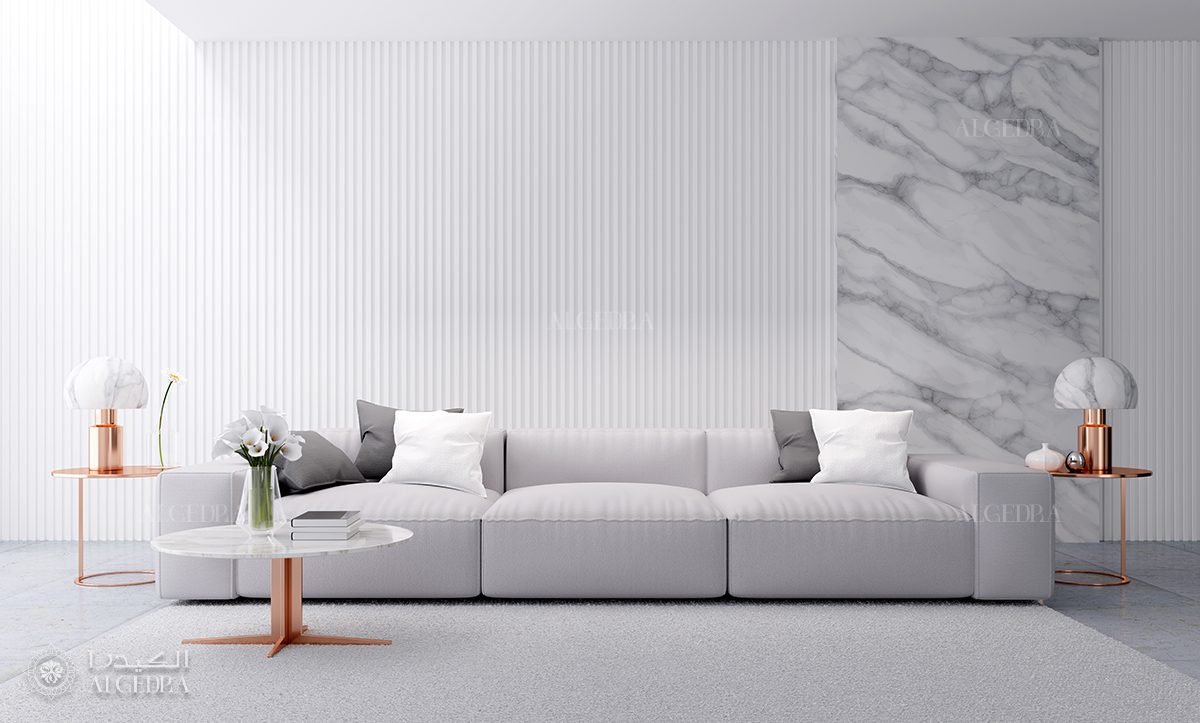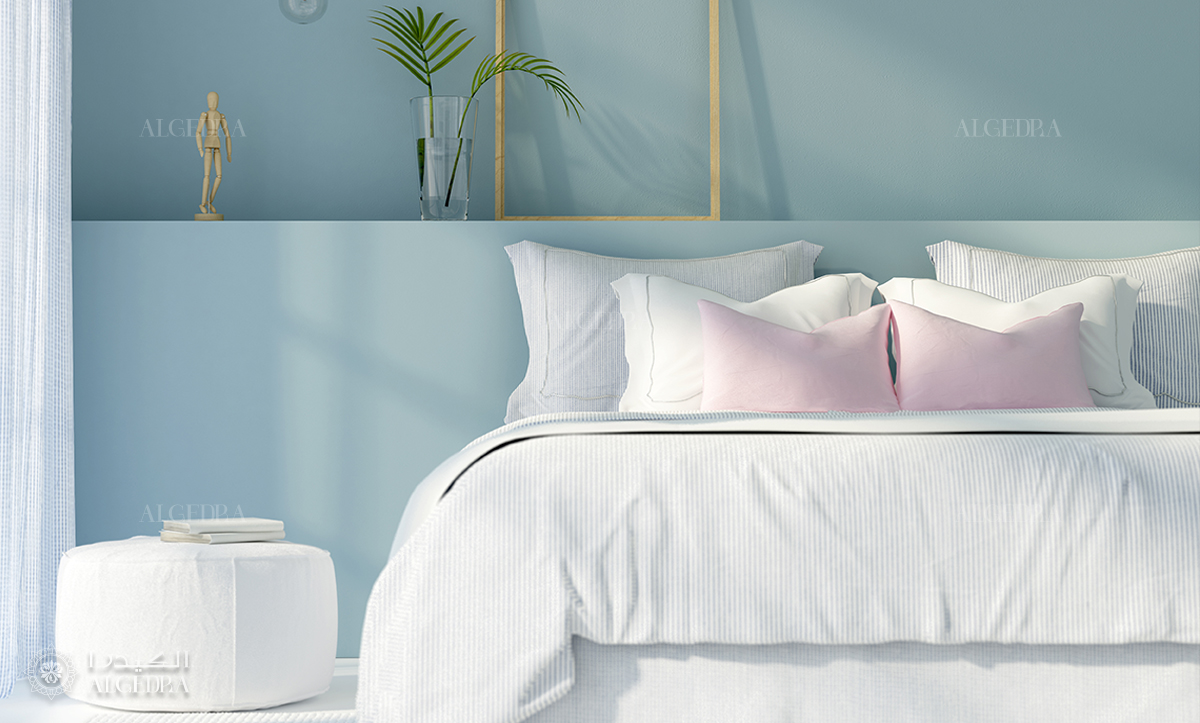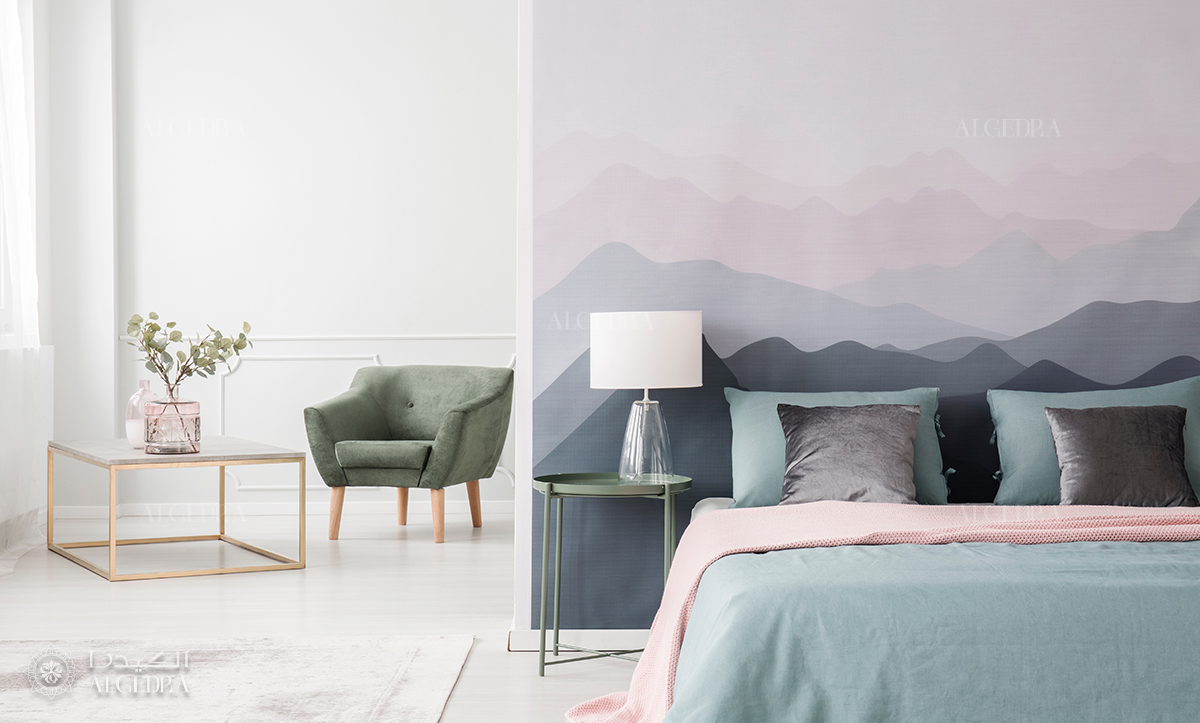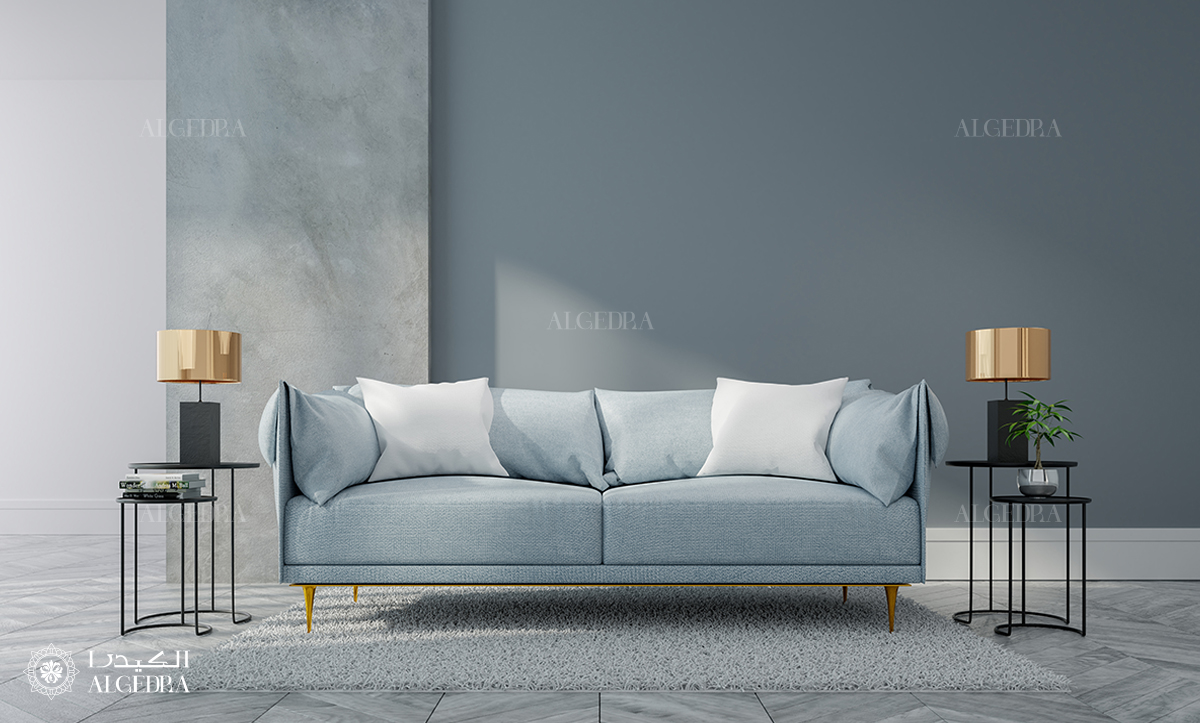April is a World month of Autism starting on 2nd of April- World Autism Awareness Day. Being a part of United Nations and raising Autism awareness we decided to discuss importance and main aspects of the interior design for Autism.
Autism design guidelines are useful not only for those with autism so you may want to consider incorporate some elements when creating your interior for mental wellbeing and inner balance.
 Creating autism responsive buildings and interiors is challenging and requires knowledgeable specialist on this topic.
Creating autism responsive buildings and interiors is challenging and requires knowledgeable specialist on this topic.
Autism Spectrum Disorder (ASD) – is developmental disorder caused by combination of genetic and environmental factors and characterized by restricted or repetitive behavior, communication and difficulties in social interaction. Typically diagnosed in early childhood need special attention and therapy.
The main goals when treating children with autism are to lessen associated deficits and family distress, and to increase quality of life and functional independence.
Therapy can help children with autism gain self-care, social, and communication skills and interior design plays important role because thought through in details space design contributes to improving senses perception and develops better environment adaptation skills.
World perception of those with autism is unique. Their hyper sensitivity to sounds, smells, color, importance of tactile contact, rather than visual- are the main pillars for autism friendly design. Having a child with autism means you need to adopt your whole home design to be autism friendly not only kids bedroom.
Having a child with autism means you need to adopt your whole home design to be autism friendly not only kids bedroom.
When designing home with autism friendly interior first thing to be taken in consideration is Villa layout.
Kids with autism often having problems with orientation in space and disturbance in coordination of movement circulation within a space, therefore easy navigation is crucial. Areas should be organized in logical sequence conditioned by typical routine order. Using transitional zones creates seamless flow with minimal distraction. As an example long corridors should be avoided as they might be too intimidating.
Main architectural aspect simple clear forms and distinctive spaces.
Second thing to consider referring to aspect of safety in autistic design fundamentals is Space planning and furniture layout.
Home interior with certain features may be easier to adapt and less overwhelming for kids with autism. Smooth lines of furniture, avoiding sharp corners, definition of objects reduces visual clutter decreasing irritation and promotes calmness. Space planning and furniture layout gives ability to observe kids activities through whole space- what is so important for safety factor.
 Furniture may require special configuration and customization. With time you may notice a change in behavioral pattern which will create a need for surrounding space adjustment. Flexibility in space is very helpful for autism individuals.
Furniture may require special configuration and customization. With time you may notice a change in behavioral pattern which will create a need for surrounding space adjustment. Flexibility in space is very helpful for autism individuals.
Requirement for clarity and simplicity implies to Minimalism style interior design which has significant correlation with autism design. That does not mean you cannot choose different style of your preference.
You should restrain from screaming Art Deco, Hollywood, Industrial, Classic Baroco interior design styles to limit complexity of details.
Styles like Neo Classic, Modern, Scandinavian can be chosen as a base and adopted making your home look elegant and chic and at the same time autism responsive.
The frame of perception is a driving factor when creating interior for autism.
As for sensory sensitive individuals tactile contact is more important than visual selection of materials is another important aspect.
Choice of natural solid materials preferred in fit out and furniture selection: no complicated patterns, no highly reflective surfaces, design of textiles should not be intrusive or bright.
Due to hyper sensitivity of autistic kids for colors autism friendly designs generally incorporate unsaturated, light earth tones with minimalistic use of brighter colors. As an example such colors like yellow and red are sensory stimulating and might be difficult to bear for children with autism. Pastel and matte colors tend to work best, more muted tones often help ASD kids feel more comfortable.
As an example such colors like yellow and red are sensory stimulating and might be difficult to bear for children with autism. Pastel and matte colors tend to work best, more muted tones often help ASD kids feel more comfortable.
In fact ASD kids tend to choose green, brown and pastel pink as latest studies suggest. Cool colors like blue and green are very soothing. Light blue color even considered official autism awareness color.
A monochromatic color interior design would be a good choice no matter which style would be chosen.
As much as color scheme- lighting is another important part of interior when creating autism friendly design, as children with sensory problems are more sensitive to light than others and using indirect lighting would be best solution for their comfort. Instead of chandeliers recessed dimmable lighting in suspended ceiling would be better option.
Also ceiling preferably should be acoustic to reduce noise field. Acoustic is one of the main aspects to take in consideration as autistic individuals are extremely sensitive to the sound and find it destructive.
Using insulation and carpets helps to reduce the level of sound as well improving acoustics indoor.
In long term correctly executed interior design may contribute to even out level of psycho-emotional states and anxiety of people with autism.
Autistic people are more different from each other than non-autistic people are, however we see benefit of autistic conscious design for everyone. Digital overstimulating environment nowadays affects children negatively, therefore designing children bedroom with autistic friendly design guidelines in mind would have positive effect on their wellbeing.
Digital overstimulating environment nowadays affects children negatively, therefore designing children bedroom with autistic friendly design guidelines in mind would have positive effect on their wellbeing.
The main aim of interior designer in project with autism sensitive requirements is creating design to beneficially engage all senses while connecting the sensory gap between visual and engaging.
We in Algedra understand that Autism Spectrum Disorder range of sensitivity may drastically vary and while following fundamental guidelines of autistic design personalized approach must be taken when designing for autism, because changing the environment can have dramatic impact on children lives.